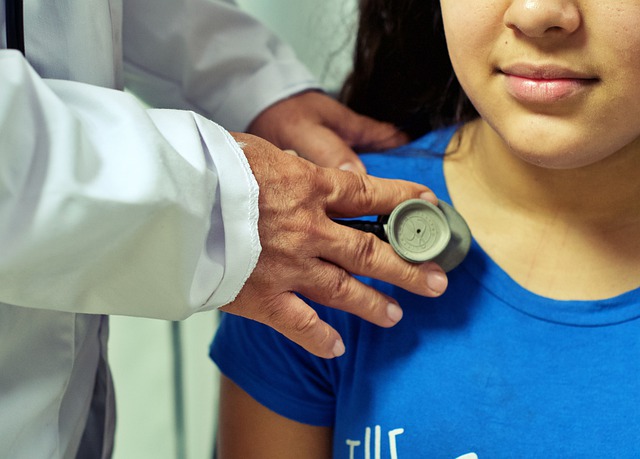by Jennifer LeMieux, Chief Operating Officer, HealthTechS3 and GAFFEY Healthcare/TN HIMSS Program Committee Chair
Whether your organization is a hospital, a federally qualified health clinic or a physician’s practice, social determinants of health should be an important consideration. That’s because a full 80% of health outcomes are associated with factors outside the traditional boundaries of healthcare delivery, according to Robert Wood Johnson & University of Wisconsin Public Health Institute.
That means it doesn’t matter how great the care your patients receive—if they use tobacco, lack employment or stable housing, or live downstream from a factory—their health outcomes are at risk.
Nonprofit hospitals and FQHCs are required to conduct a community health needs assessment (CHNA) every three years.
According to the Centers for Disease Control and Prevention, a CHNA can give organizations comprehensive information about the community’s current health status, needs and issues. In turn, this information can help hospitals and FQHCs develop a community health improvement plan by justifying how and where resources should be allocated to best meet community needs.
While there are no requirements placed on primary care or specialty practices that aren’t FQHCs, social determinants of health factor heavily into care coordination—and coordinating a patient’s care effectively means addressing not just their physical and behavioral health, but their social risks, too.
But, given the fact that there are at least a dozen social determinants of health (depending on whose definition you’re using) uncovering trends, screening for risks, and addressing the root causes can be challenging. Enter technology, which can increasingly be leveraged to help identify and address social determinants of health. Here are just a few ways how.
Mining EHRs for valuable data
In addition to the data that is collected during patient visits or hospital stays, additional data on social conditions that affect health and potential disparities in service delivery provide comprehensive information to a service provider. Making sure this data all live inside the electronic health record (and not only on paper-based patient questionnaires) is key to being able to address SDOHs more effectively.
Patient portals and mobile communication
The more a patient has control over and knowledge about their health, the more they become invested in it. Increasing access to and utilization of patient portals can be an important tool in identifying and addressing social determinants of health. Electronic surveys to screen for SDOHs can replace paper-based forms, for example.
Opt-in email newsletters and HIPAA-compliant text messaging allow hospitals and clinics to reach large numbers of patients efficiently. Messages can be general or more targeted based on patient segments (like tobacco users or new parents).
Employee-facing solutions
Don’t overlook the fact that your organization’s employees are also community members and are likely impacted by many of the same social determinants of health uncovered in the CHNA. Employees also represent a captive audience, so a higher rate of utilization might be easier to achieve with this group. What’s more, leveraging technology might be less resource-intensive than an in-person intervention. A wellness app, for example, could take the place of a traditional wellness program and be just as effective.

